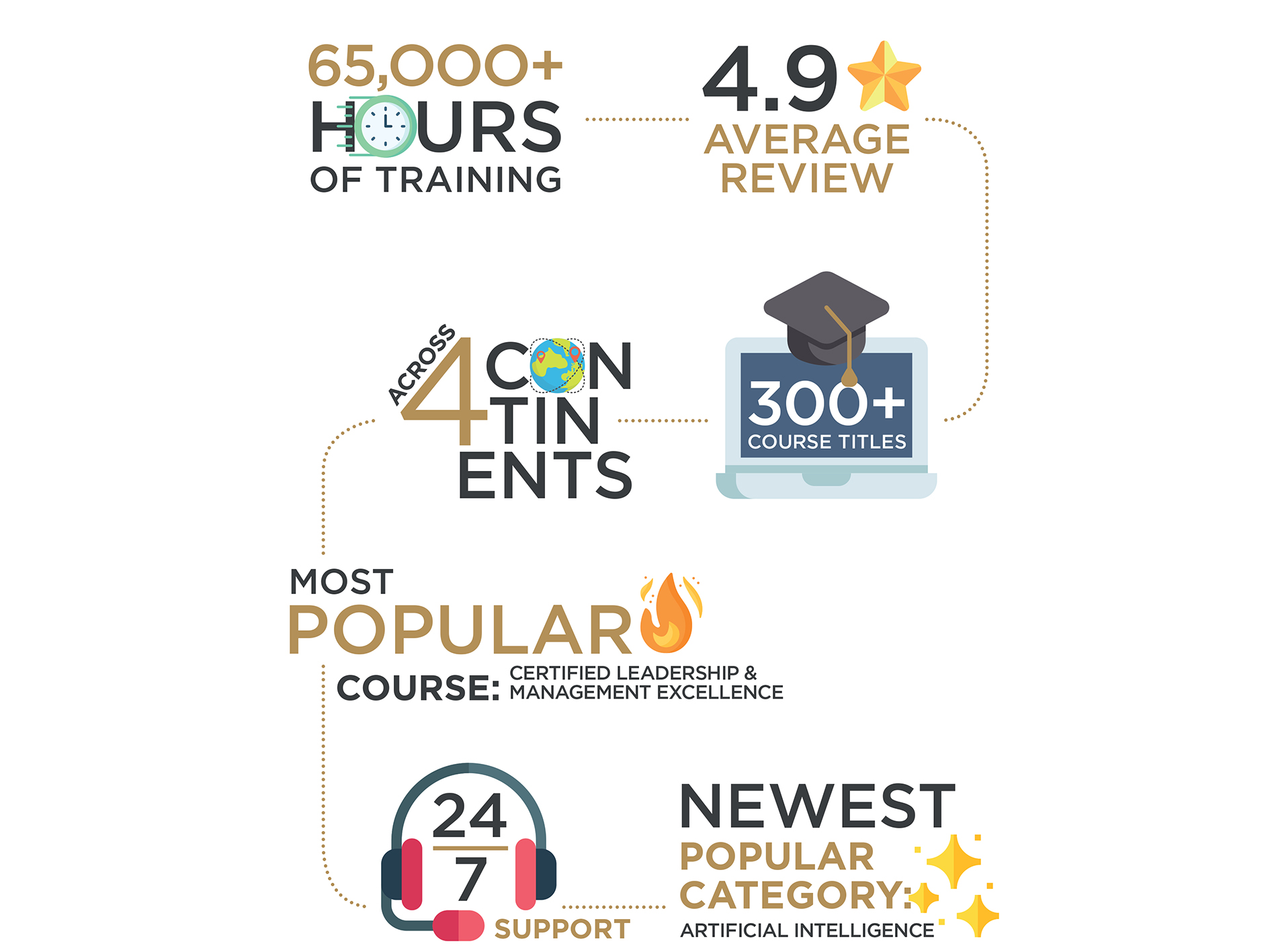How to develop the skills to design, plan and deliver media campaigns
In addition to traditional methods, such as print advertising and direct marketing, today marketers have more choices than ever regarding how and where to promote or advertise products and services - you have email marketing, Web-based advertising and multiple social media sites, such as Facebook, Twitter and YouTube, as well as mobile marketing.
Creating an effective marketing campaign is the goal of every successful marketer. If you’re starting from square one, it might feel equally thrilling and overwhelming.
While there is no one sure-fire formula to creating a successful media campaign, there are steps that businesses and marketers can take to maximize viewership. Continue reading to find out more.
Just because someone is on Facebook in their personal life doesn’t mean they intuitively know how to communicate on behalf of a brand. It is important to assess the people on your team and determine who is best-suited to contribute to your media campaign strategy.
For example social media marketing requires specific skills such as writing and editing, photo editing, a little tech know-how and being able to respond in real time.
-
Research your customer base
To market effectively, you have to know your audience. That goes for any marketing, from email to social media, to pay-per-click (PPC) ads. Marketers can and should collect data on a regular basis. As you collect data, you should build customer profiles, so you have a clear understanding of your customer base. Once your audience is defined, you can figure out which social platforms your customers use.
Whether you’re launching a new product or location or bringing in new business partners, social media campaigns work wonderfully with pivotal moments in a company’s life. Any time you need to communicate goals or generate buzz, social media is the cornerstone of your success.
Creating a social media strategy doesn’t mean much if there isn’t a way to measure your success. As part of your social media marketing strategy, you should decide which metrics you’ll use to assess whether you’re meeting your goals. Sometimes called KPIs, or key performance indicators, these concrete numbers will show you how you’re performing on social media.
Focus on one or few channels to deliver your message to the right audience, as opposed to spreading your ad budget or exposure too thin. If you can concentrate your frequency in the top place, your prospects will see your message and that can go further than minimal exposure on a wide range of channels.
Make sure your visual identity is consistent, visual identity is far more than your logo. It entails having a common overarching design (look and feel), style of photography and graphics, consistent logo treatment and common colors and fonts. A person reading an e-newsletter or brochure should see an immediate visual connection when visiting the website.
Every marketer faces budgetary constraints. Even those with the largest budgets have finite resources. It's important to prioritize the areas of greatest strategic impact to your business. From there, sequence your strategies and tactics. Depending on campaign duration, sequencing can capture the most important/immediate elements in the current financial year with any extensions in next year's budget.
The effectiveness of a media campaign largely depends on timing. Your media should be released when the need for it is greatest. For example, you could release a photo-journal of human rights violations against women when authorities launch an event promoting the equal rights of women or when they make claims about the improving state of women’s health.
Your timeline should:
-
Show the period of planning and production of your media.
-
Show when your media will be released.
-
Include which messages and media are to be sent out and when; for example, 50 email or text messages over a one-year period.
-
Allow for a progressive build-up to the whole campaign if you are planning to create multiple media.
-
Relate important events to your media campaign and allow for flexibility to respond to events as they unfold.
-
Be realistic and achievable.
-
Evaluate outcomes and measure your impact.
It takes a lot of effort to ensure that people remember your message and take action on it. This is why it’s important for you to measure the impacts of your media campaign or project: you need to know what works and what does not and to assess whether you have achieved your objectives.
Looking for the right media training course? Read more about media courses we can offer you at London TFE and book onto one of our digital media courses.
All Courses
 Business Administration
Business Administration
 Chemical Engineering
Chemical Engineering
 Communications and Public Relations (PR)
Communications and Public Relations (PR)
 Compliance and Legal
Compliance and Legal
 Contract and Project Management
Contract and Project Management
 Customer Experience and Relationship Management
Customer Experience and Relationship Management
 Energy and Sustainability
Energy and Sustainability
 Finance and Accounting
Finance and Accounting
 Health, Safety and Environment
Health, Safety and Environment
 Human Resources and Talent Development
Human Resources and Talent Development
 Industrial Manufacturing and Production
Industrial Manufacturing and Production
 Innovation and Artificial Intelligence (AI)
Innovation and Artificial Intelligence (AI)
 Leadership and Management
Leadership and Management
 Oil and Gas
Oil and Gas
 Procurement & Supply Chain Management
Procurement & Supply Chain Management
 Quality and Productivity
Quality and Productivity
 Retail and E- Commerce
Retail and E- Commerce
 Sales and Marketing
Sales and Marketing
 Strategy and Business Planning
Strategy and Business Planning
 Sustainability and CSR
Sustainability and CSR
Learning Solutions
iLearn Blog
About Us
 Directory Calendar
Directory Calendar
 Contact Us
Contact Us
All Courses
 Business Administration
Business Administration
 Chemical Engineering
Chemical Engineering
 Communications and Public Relations (PR)
Communications and Public Relations (PR)
 Compliance and Legal
Compliance and Legal
 Contract and Project Management
Contract and Project Management
 Customer Experience and Relationship Management
Customer Experience and Relationship Management
 Energy and Sustainability
Energy and Sustainability
 Finance and Accounting
Finance and Accounting
 Health, Safety and Environment
Health, Safety and Environment
 Human Resources and Talent Development
Human Resources and Talent Development
 Industrial Manufacturing and Production
Industrial Manufacturing and Production
 Innovation and Artificial Intelligence (AI)
Innovation and Artificial Intelligence (AI)
 Leadership and Management
Leadership and Management
 Oil and Gas
Oil and Gas
 Procurement & Supply Chain Management
Procurement & Supply Chain Management
 Quality and Productivity
Quality and Productivity
 Retail and E- Commerce
Retail and E- Commerce
 Sales and Marketing
Sales and Marketing
 Strategy and Business Planning
Strategy and Business Planning
 Sustainability and CSR
Sustainability and CSR
Learning Solutions
iLearn Blog
About Us
 Directory Calendar
Directory Calendar
Contact Us














































 Course Venue
Course Venue